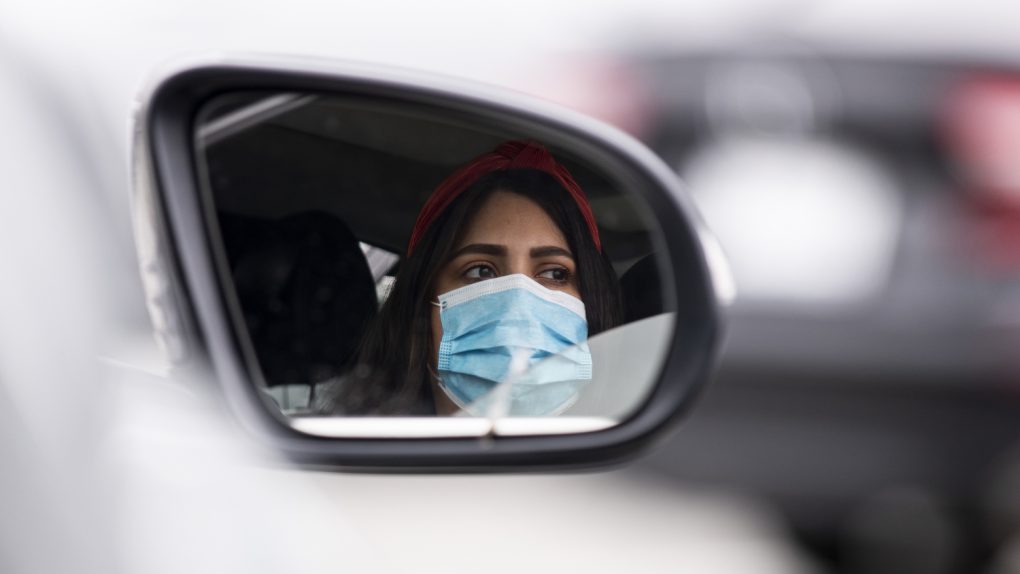- Everyone is still learning new details about the novel coronavirus in real-time, as scientists and researchers continue uncovering fresh insight about the COVID-19 virus — even as the virus’ toll keeps growing.
- New research shows that there seems to be a greater chance of avoiding the virus in less-crowded, well-ventilated rooms.
- Visit BGR’s homepage for more stories.
With each day that passes, we’re continuing to learn more and more about the novel coronavirus that’s sparked a global pandemic and continues to add to an already tragic toll in the US and elsewhere in the world. At the time of this writing, for example, almost 1.1 million cases of the virus have been identified in the US, according to the latest numbers from Johns Hopkins University — and almost 62,000 Americans have died from the COVID-19 coronavirus.
At the same time, work to defeat the virus continues as scientists and researchers race to identify therapeutics that can treat victims of the virus and to ultimately find a vaccine that prevents it. In a post on Thursday to his GatesNotes blog, for example, Microsoft co-founder Bill Gates stressed that there’s reason for hope, and that there’s starting to be “light at the end of the tunnel.” Writes Gates: “Dr. Anthony Fauci has said he thinks it’ll take around eighteen months to develop a coronavirus vaccine. I agree with him, though it could be as little as 9 months or as long as two years. Although eighteen months might sound like a long time, this would be the fastest scientists have created a new vaccine.”
Everyone has pretty much been learning in real-time since the onset of the novel virus — novel, in the sense that it’s new and none of us has ever been exposed to it before (and thus don’t have the antibodies naturally to defend against it). And now, the results of a new study have been published in the scientific journal Nature, which analyzes hospitals and the different rooms within them (as well the ventilation therein) to make some judgments about the kinds of rooms and environments that are most conducive to the spread of the coronavirus.
Among the findings: The study is based on research conducted by Chinese scientists monitoring a pair of hospitals in Wuhan, China, which is where the global coronavirus pandemic originated. They found that, more often than not, hospitals that were better-ventilated tended to have lower concentrations of aerosolized particles associated with the coronavirus. And at the same time, poorly-ventilated areas of the hospitals, like bathrooms, saw the opposite result.
“The concentration of SARS-CoV-2 RNA in aerosols detected in isolation wards and ventilated patient rooms was very low, but it was elevated in the patients’ toilet areas,” the authors wrote as part of the study. “Levels of airborne SARS-CoV-2 RNA in the majority of public areas was undetectable except in two areas prone to crowding, possibly due to infected carriers in the crowd.”
This is interesting news — but still not 100% definitive. One reason it’s still not completely clear whether lesser-ventilated areas where traces of the virus are detected can pose a greater risk for you is that there are still so many unknowns associated with this virus. Doctors and scientists still don’t know how much of a concentration of the virus is needed to actually infect someone. But it’s still good information to have, nonetheless.








